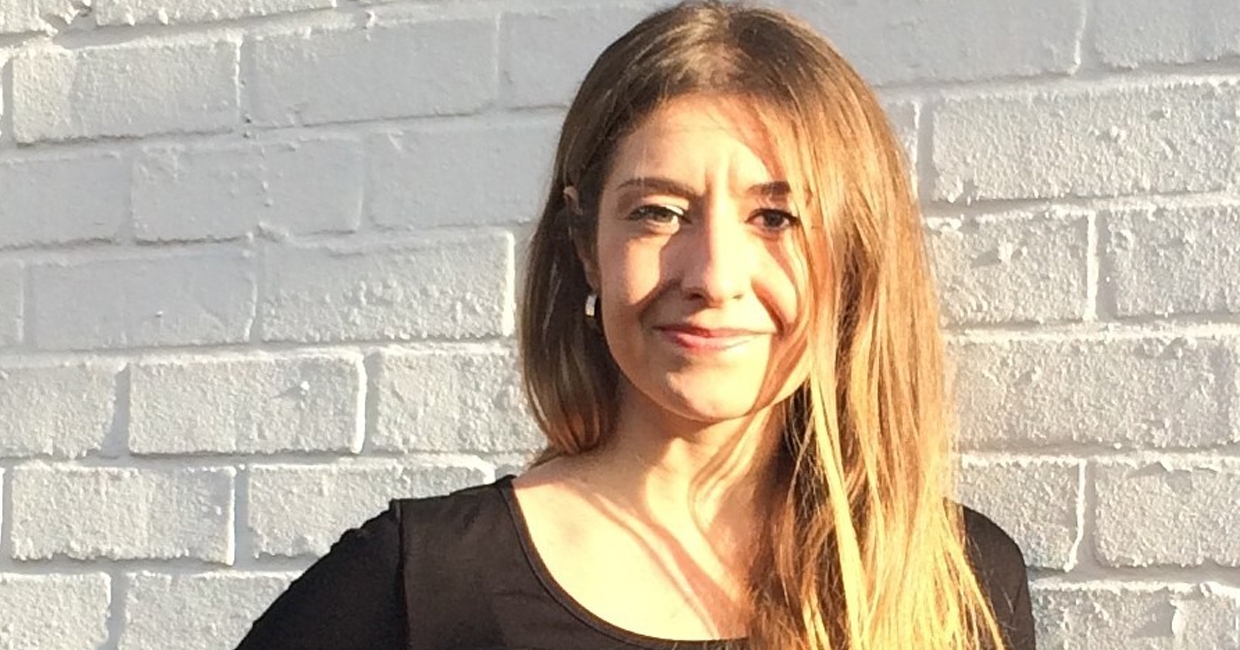FIRA International is the exclusive service provider to the Furniture Industry Research Association, and offers research, information, testing, consultancy, customer service and aftersales service to the furniture and DIY markets. FIRA ergonomist Claire Clark, who supports clients in all aspects of ergonomics, from design to final product, answers Furniture News' questions on her background and working beliefs …
How did you enter the trade?
I studied furniture design at university and then later went on to do a Masters in Ergonomics. My Masters dissertation focused on the implementation of ergonomic furniture in schools, and the head of ergonomics at FIRA International, Levent Caglar, helped me define my research question.
We stayed in touch over the years that followed whilst I worked as a human factors analyst in the nuclear industry. I was looking for a change in direction, and when a job opportunity came up at FIRA international I applied, and the rest is history.
Who was your inspiration?
During my years studying furniture design I admired the work of designers like Marc Newson – I particularly liked how his furniture is so organically shaped. The way he was able to construct these complex organic shapes made me think that anything in design is possible. Now, with my ergonomics background, I place a higher value on function and fit rather than being won over purely by aesthetics – of course, it’s possible to have all three.
What was your career high point?
Multiple occasions – when I have enabled engineers and designers to see the value of human-centred design. It is always so rewarding to influence the design of something – from furniture and machinery to processes and buildings – and know that in some way I have helped make the outcome safer, or more useable, comfortable, intuitive or efficient for the end user.
… and low point?
Early in my career, being a young female ergonomist among experienced male engineers, I often found it difficult to be taken seriously – I had to work much harder than my colleagues to build confidence in the work that I was presenting. This hard work could then be totally undermined by one throwaway comment by an experienced engineer.
It’s very different within FIRA International – there’s a number of women occupying management positions, and this promotes a culture of gender equality, which has been shown to improve innovation and creativity within organisations.
… and the turning point?
I always overprepared for meetings, and made sure I had evidence for what I was saying. This helped me to gain self-confidence that what I was saying/doing was right. I started to be taken seriously, and became a valued member of the project team.
Describe a typical working day
I have been with FIRA International since May, and so far I can safely say that no two days have been the same. I could be involved in anything – working on ergonomic assessments of finished products, working with architects, developing specifications for furniture and space planning to fulfil the needs of users and organisations, or collaborating with designers from sketch to final product to ensure products are ergonomic and safe.
If you had to start over, which career might you pursue?
I’m not sure that I’d like to start over again to be honest. I’m passionate about furniture design, and I’m passionate about ergonomics. My education and my career as a human factors analyst has given me a perfect mix of skills for my current role with FIRA International. I’m still early in my career, and I am excited to see where this road is leading.
What date on the business calendar do you most look forward to?
Any of the big design festivals. This year I spent a lot of time at Clerkenwell Design Week and the London Design Festival. I’d like to get back out to Salone del Mobile Milano at some point, and go to Orgatec in Cologne for the first time. I find them so inspiring and they are fantastic places to network and to see the range of innovative new products coming to the market.
What company do you most look up to?
I have recently started getting an organic veg box delivery from a company called Riverford. They supply locally-produced, fresh, seasonal vegetables in cardboard boxes (which they reuse). They don’t use any unnecessary plastic packaging. Each week they send a leaflet with recipes, or information about the growing process of a particular vegetable. Someone from the farm occasionally calls my husband to make sure he is happy with the veg.
I just think they have a really good, ethical and environmentally-conscious business and they provide great customer service. All of this makes me really look up to them.
What do you enjoy most about working in the trade?
I love getting to test new products and then collaborating with designers and manufacturers on the feedback. I also enjoy undertaking research projects to continually advance the knowledge of colleagues and the wider furniture industry.
Can you leave us with a few words of advice?
Ignore the user at your peril. Buyers are becoming much more aware of wellbeing and the effect of furniture on it. A couple of days of ergonomic consultancy at early design stages will cost a lot less than modifying tooling at a pre- or post-production stage.











